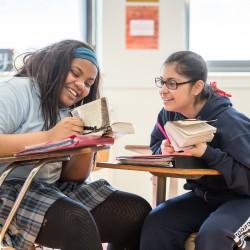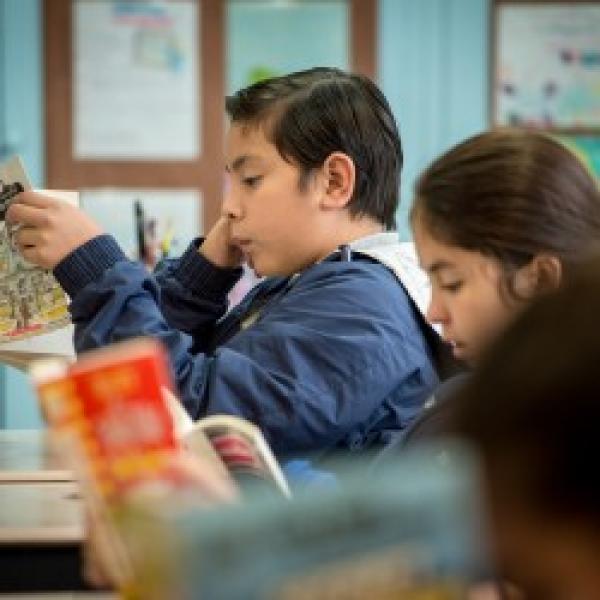Finding Ourselves in Multicultural Literature
Let's begin with a scenario. Imagine you are a member of a large group that recently took a group photograph. Someone has just handed you the photograph. What do you look for? Are you wondering what the background foliage looks like? Are you looking at the clouds in the sky? Perhaps, but you are most likely looking for yourself. This is a natural response. We often desire to see ourselves in images, whether it is a photograph or literature. Readers are often searching for connections to characters, places, and experiences, and many times, this is why we are most drawn into a text.

Rudine Sims Bishop, Professor Emerita of Education at the Ohio State University, is an expert in children's multicultural literature. She is well known for describing books as windows, mirrors, or sliding glass doors. Bishop describes literature as having the power to transform "human experience and reflect it back to us, and in that reflection, we can see our own lives and experiences as part of the human experiences"(p. 1). In other words, we see ourselves as mattering in the world.
Bishop also describes literature as windows that offer views of the world that may be "real or imagined, familiar or strange"(p. 1). Readers may be introduced to characters uniquely different from anyone they have ever met. They may be transported into a magical world where 12-year-olds wave wands and speak spells and risk their lives for their friends and cherished teachers, Professor Dumbledore and Professor McGonagall (Rowling, Harry Potter series). Perhaps they accompany Meg, Charles Wallace, Mrs. Who, and Mrs. Which to search for their father and understand tesseracts to discover wrinkles in space and time (L'Engle, A Wrinkle in Time). Readers may immerse themselves in a poetic narrative to learn more about the power of sports and relationships to unite a family as in Kwame Alexander's The Crossover. Whether the text serves as a mirror or window, readers are offered an opportunity to push open a sliding glass door, step into the literature, and become part of the story.
So how do we ensure that children have access to literature that can serve as mirrors, windows, and/or sliding glass doors? And how might we engage our students in literature that may not speak to them immediately; how can we inspire them to peer into a window, view a new world, and make powerful connections with that story? The short answer is that we can accomplish this through interactive read-alouds and dialogue; however, excitement about reading and engagement in stories also requires a multicultural classroom library. This kind of library features books with real and imagined, familiar and strange settings and complex characters with whom students can connect.
We believe it is important to take stock of the books in your classroom library. Are students able to find books that reflect their experiences to see themselves as part of the larger human experience? Can students select literature that challenges them to take on new perspectives, to feel empathy and a connection to characters whose lives are quite different from their own? And can students identify books that entice them so that they can't help but push open the sliding glass door and step through? Literature has the power to serve as windows, mirrors and sliding glass doors, so let's make sure our classroom libraries are full of multicultural books that speak to all of the students we are so privileged to teach.
Happy Reading,
Ernest and Jodene Morrell
Find curated suggestions to build your multicultural classroom library at the CLE's Pinterest page.
Additional Article:
Morrell, E. & Morrell, J. (2012). Multicultural readings of multicultural literature and the promotion of social awareness in ELA classrooms. New England Reading Association Journal, 47(2), 10 - 16.
